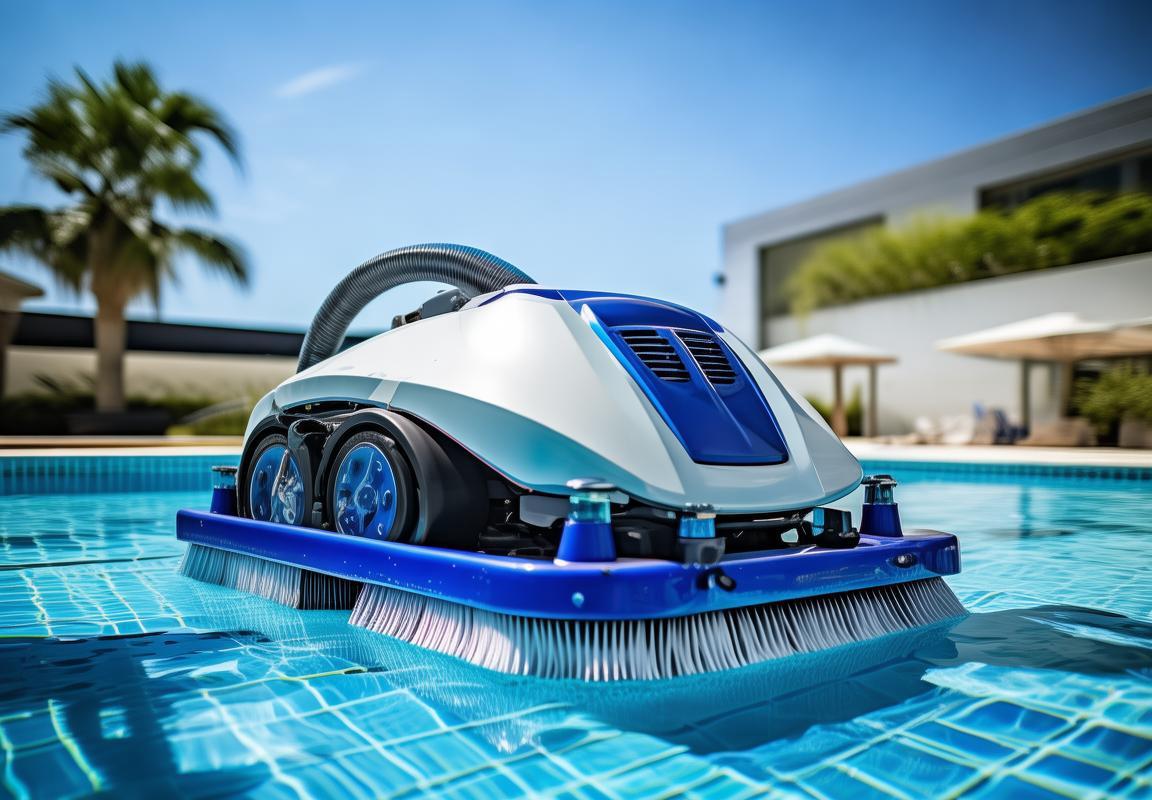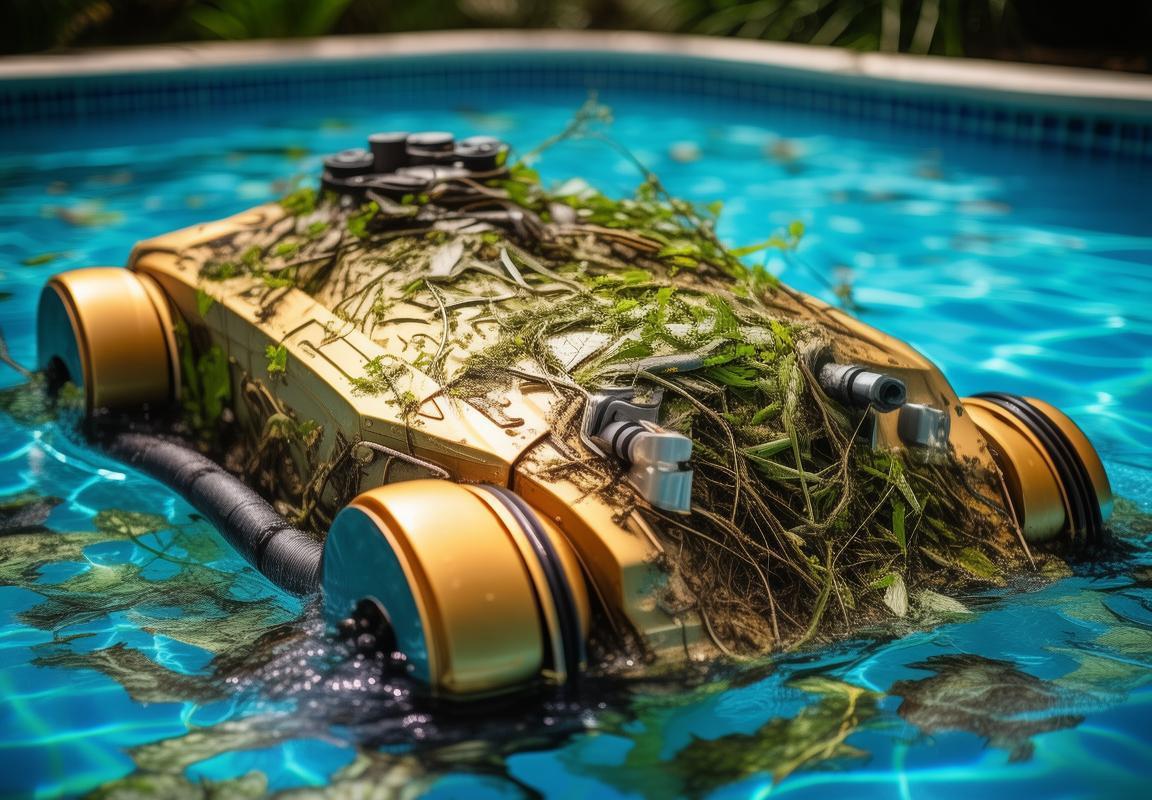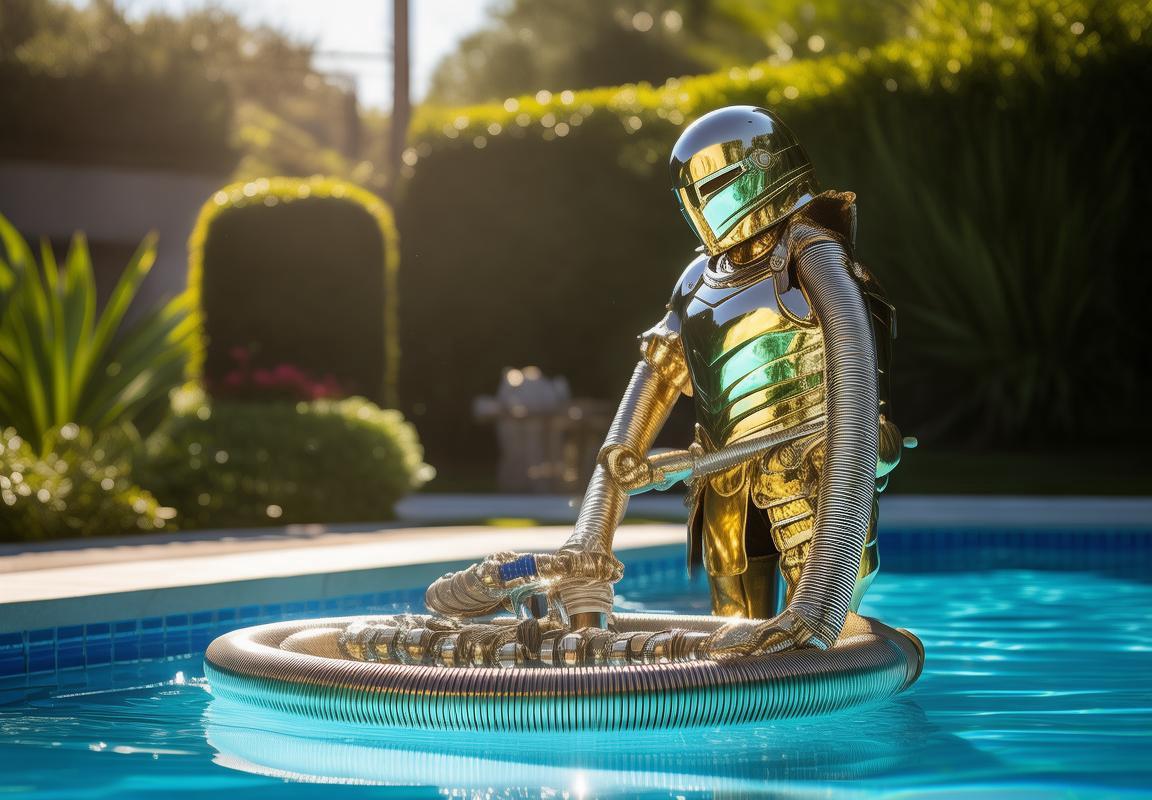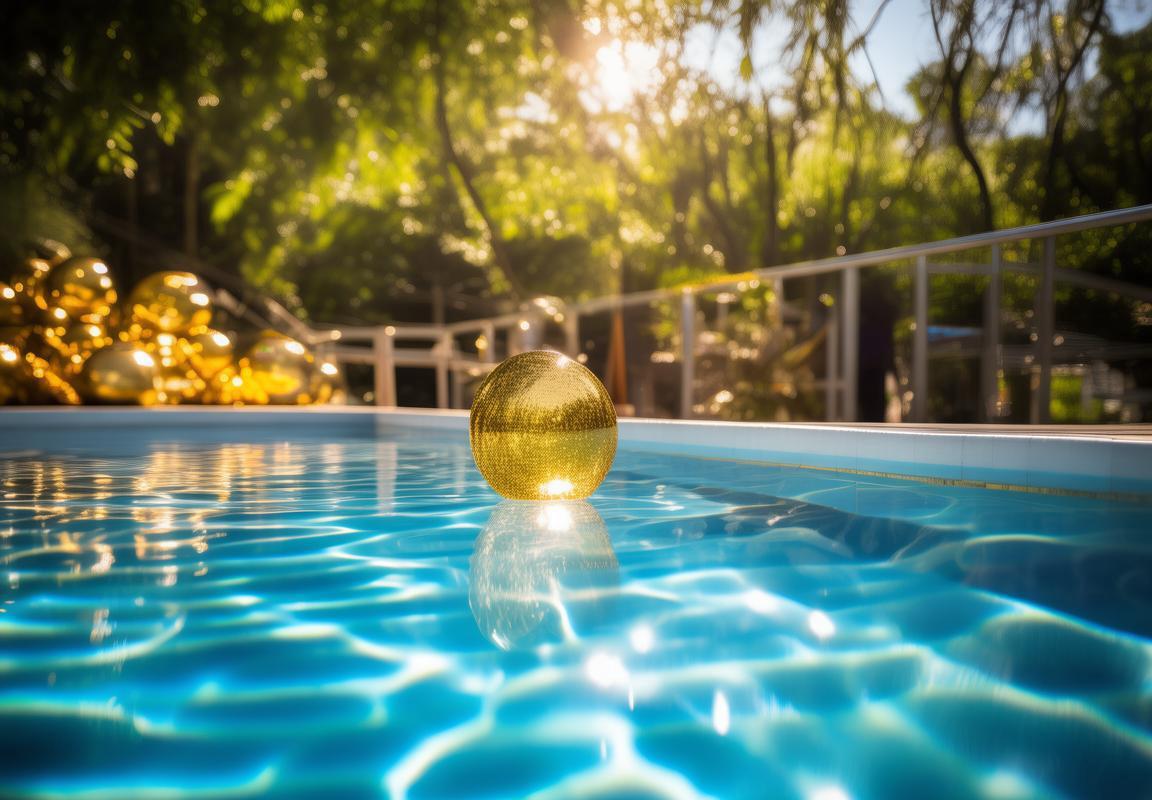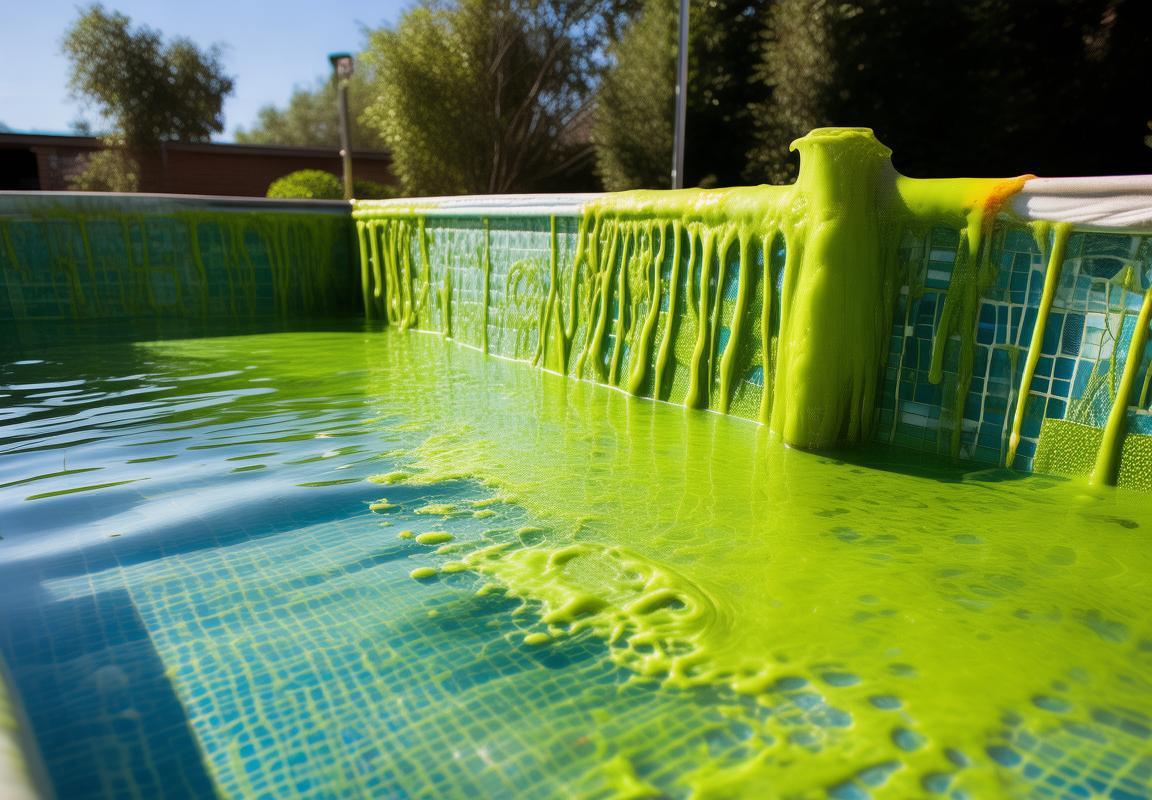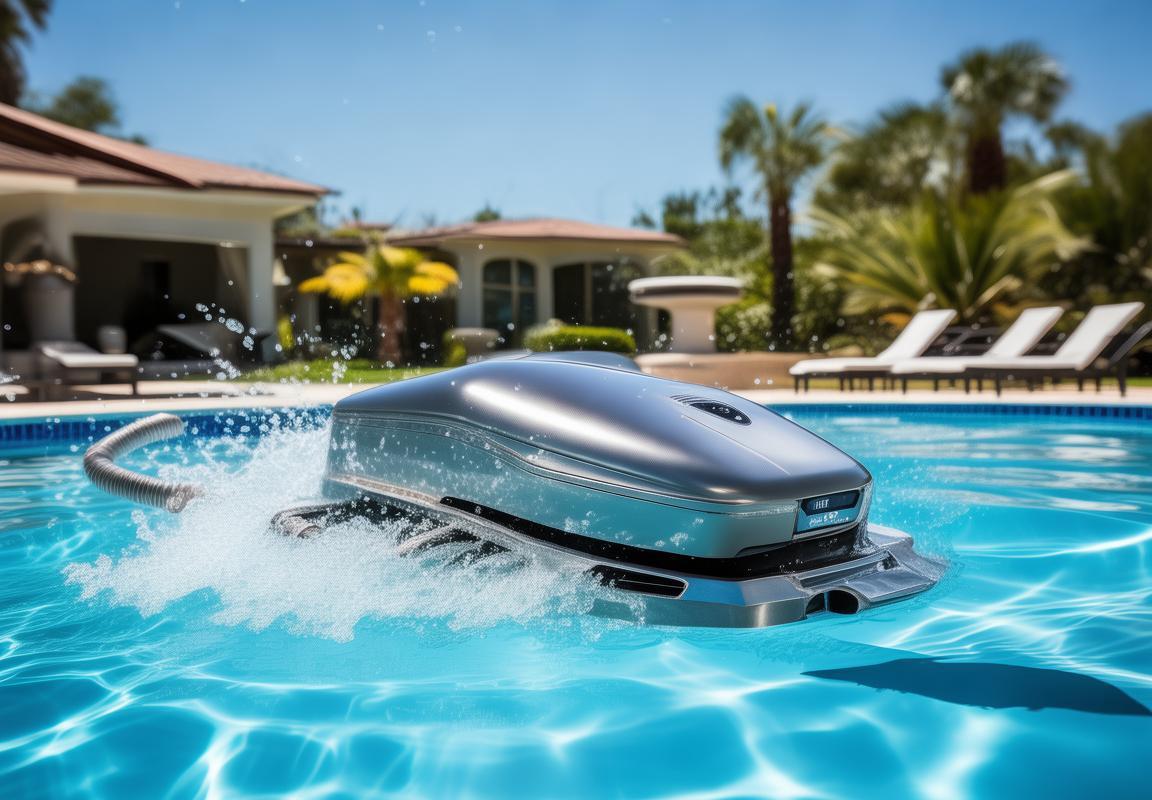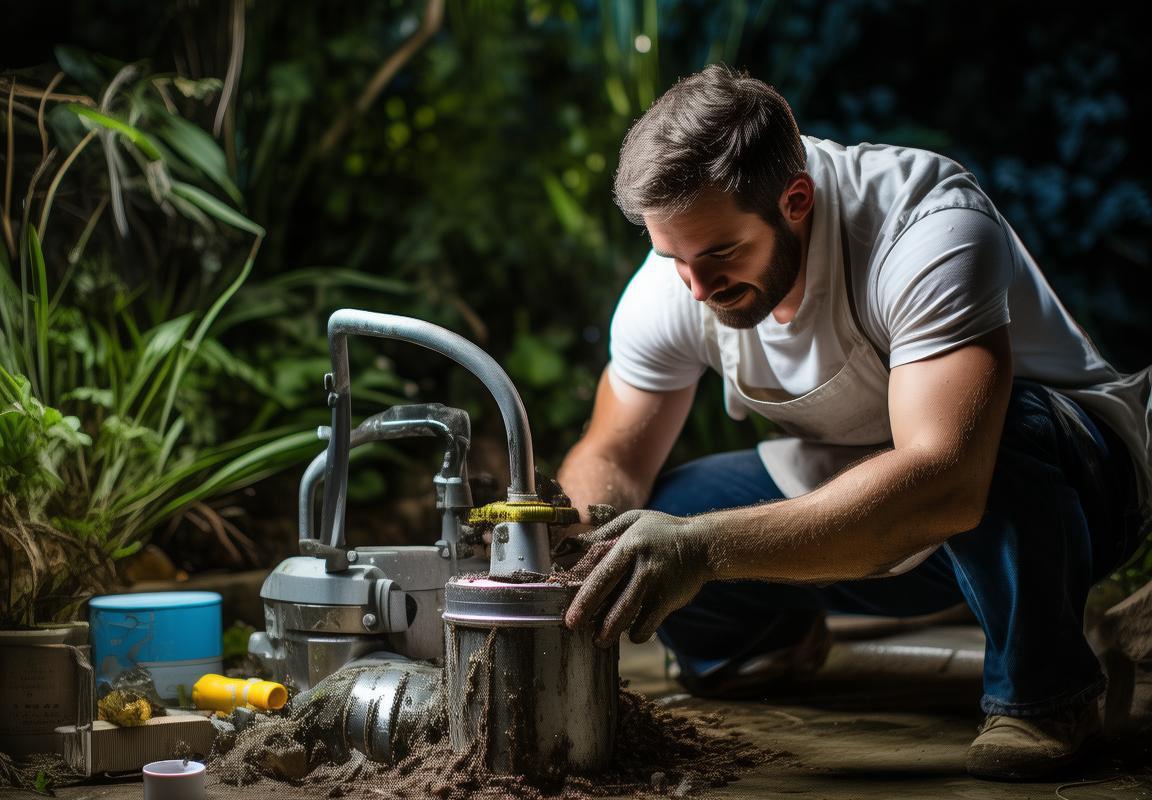Essential Pool Cleaner Parts Guide: The Pool Cleaner Maintenance You Can’t Ignore
Your pool cleaner isn’t magic—it’s a hardworking machine held together by critical pool cleaner parts that wear out over time. From tires and tracks (which turn bald and cause slipping) to filter bags (that clog and spit debris back into the water), each component plays a vital role. Cracked hoses kill suction, worn brush rollers leave grime behind, and failing motors can turn the pool cleaner into a noisy paperweight. Ignoring these parts leads to poor performance, higher energy bills, and even costly repairs. Pool Maintenance 101? Check parts regularly—replace worn tires, rinse filters, and inspect hoses for cracks. Treat your Pool Cleaner Parts right, and your pool stays crystal clear. Skip it, and you’ll be stuck with a swampy mess. Pro tip: Duct tape isn’t a fix.
